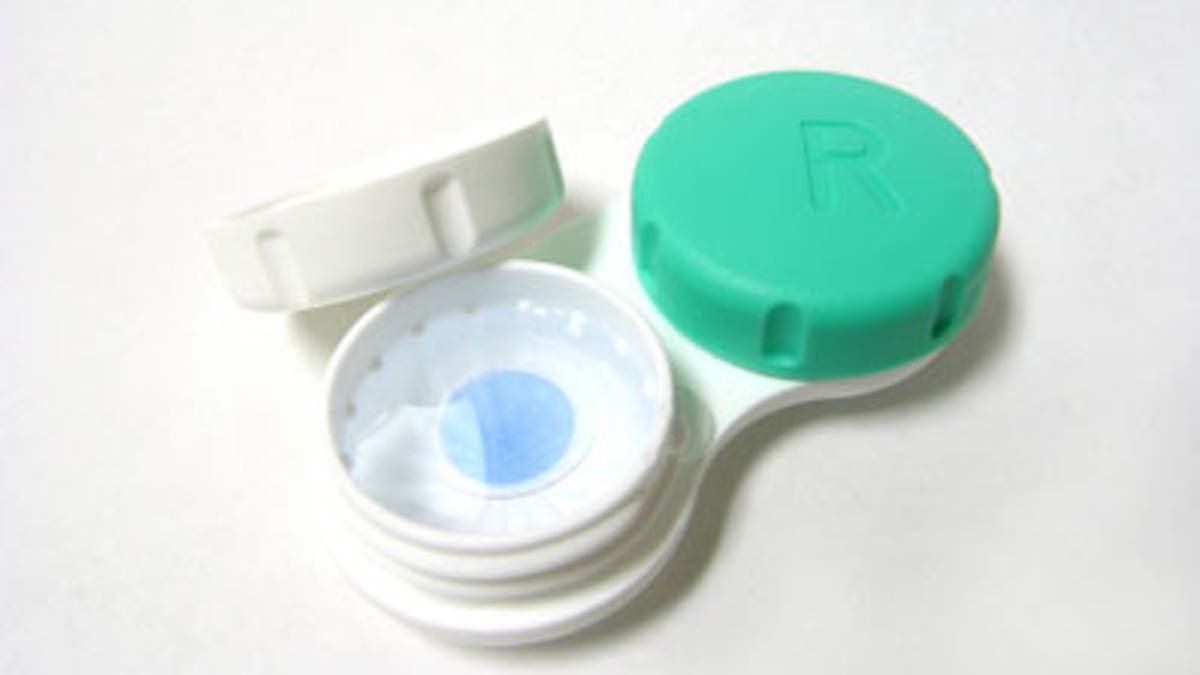
Airplane tray tables, bathroom toilets, gas pump handles: Some items you know are dirty.
But these 6 supposedly “clean” things may be teeming with germs, too.
(For more cool science you can use—including 2,000+ simple ways to live a healthier, happier life—check out The Better Man Project.)
CLEAN LAUNDRY
Your used underwear is dirty—but so is everything you wash after them, according to research from Charles Gerba, Ph.D., a microbiology professor at the University of Arizona.
One load of underwear could leave 100 million E. coli behind in your washing machine, contaminating your next cycle.
The fix isn’t a stronger detergent, though. Crank up the water in your washing machine to between 140 and 150 degrees to kill the germs.
THE LEMON WEDGE IN YOUR DRINK
Lemons may have antibacterial properties, but the wedges in your water glass are covered in germs. Of 76 wedges swabbed from 21 restaurants, 70 percent contained disease-causing microbes, according to a study in the Journal of Environmental Health.
Other research by ABC News and New York University found half of lemon wedges collected tested positive for human fecal matter.
The likely culprits behind the germs: employees improperly handling the fruit or contamination from uncooked meat.
YOUR CAR’S WINDSHIELD
A clean car windshield could endanger your health.
Arizona State researchers who sampled washer fluid reservoirs found high levels of Legionella, bacteria that can cause a serious form of pneumonia. The vapor from tainted fluid could enter your car’s air vents and then your lungs.
Use a solution with methanol since it has antibacterial properties.
Related: Are You Driving One Of These 10 Deadly Cars?
YOUR NEW CLOTHES
You might be paying for poop.
When Philip Tierno, Ph.D., the director of microbiology and immunology at New York University tested recently purchased clothing items from stores, he found evidence of skin flora, feces, and respiratory secretions.
Wash your new purchases in hot water before wearing them—and wash your hands after shopping.
Related: Why Scoring a Good Deal Feels As Good As an Orgasm, According to Science
YOUR CAR’S DASHBOARD
When Gerba tested 100 automobiles for bacteria, he found that the dashboard is the second germiest spot in your car—right after food spills.
That’s because the air conditioning and heater blow microscopic germs into your car, he says. They come to rest on the untouched dashboard, where they bake and breed under the heat from the sun.
You’ll have to touch it to clean it: Wipe the dashboard weekly with a disinfectant.
CONTACT LENS CASES
Research from China suggests 34 percent of contact lens cases examined were packed with germs like Serratia and Staphylococcus aureus, which can cause keratitis—an inflammatory eye disease that damages your cornea and can even cause blindness.
Related: 4 Ways You Use Your Contact Lenses Wrong
Keep your eyes safe by pouring out used solution, rinsing your case in hot water daily, and replacing it every three months.
Buy new solution every eight weeks, too: Multipurpose solutions lose a lot of their ability to kill germs after two months, finds other Chinese research.




















